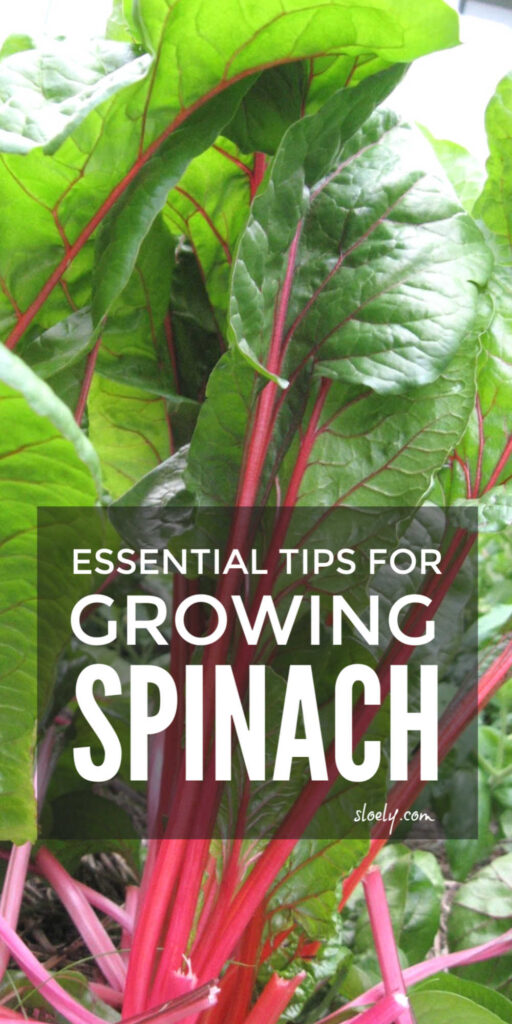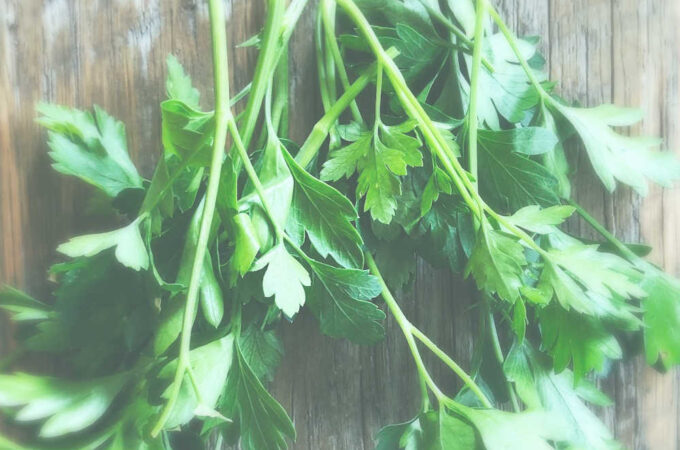
Spinach is a brilliant vegetable to grow at home as it’s a super quick growing veggie and :
- You can grow spinach for both salads & cooking
- It grows happily indoors & in containers and even in vertical gardens
- It doesn’t suffer too many pests
- It’s a very handy companion plant for other vegetable & fruit crop
- And it will grow in cool temperatures in partial shade.
In addition, spinach is super easy to learn how to grow as a beginner and doesn’t involve lots of crazy fussing.
Oh … AND it’s a super healthy immune boosting way to get vitamin C daily plus a whole load of other key vitamins & minerals.
So growing your own spinach is a fabulously frugal way to eat much better for much less cash.
What’s not to like?
If you’re all up for growing some of Popeye’s favourite veg check out these essential tips on how to grow spinach. These are the tips I found most useful as a beginner gardener and cover:
- When to grow spinach
- Where to grow spinach
- How to grow spinach
- Growing spinach in containers
- Growing spinach indoors
- Spinach pests & problems
- Spinach companion plants
They’ll help you grow a bumper crop without over complicating stuff.
For easy reference save the tips for later and for more easy gardening tips check out my other grow your own posts and follow me on Pinterest.

Spinach Growing Tips
1. When To Grow Spinach
- Grows happily between 25 to 75 fahrenheit / -2 to 25 celsius
- In cooler climates :
- plant early spring to May
- late August / early Sep for autumn
- can grow through summer
- Spinach can handle very light frost
- Cover in winter & early spring if colder than -2c / 25f
- In hotter climates grow autumn to spring
- Malaber spinach is more heat tolerant
2. Where To Grow Spinach
- Spinach grows in full sun & partial shade
- Prefers neutral to alkaline (7+) soil
- Don’t sow again in exact spot within 3 years
3. How To Grow Spinach
- Remember to water well as spinach pretty thirsty.
- Plant a little weekly for constant crop.
- Plant seeds 15mm / half an inch deep.
- Thin to 3 inches for cooking spinach.
- You can grow salad spinach closer.
- You can grow from spinach scrap roots.
- Can sow indoors to avoid frost or whilst getting a bed ready but seedlings very weak stemmed so a bit fiddly to transplant compared with courgettes, peas & beans. But I’ve done it and am really not nimble fingered.
- Some gardeners pre-soak seeds to help germination but seems fussy & I’ve not had trouble with them germinating.
4. Growing Spinach In Containers
- Spinach can grow well in shallow pots.
- Ideally at least 15cm/6 inches deep.
- But can grow baby spinach in e.g. old ice cream tub with holes in bottom.
- Choose wide pots to allow 3 inch spacing of spinach for cooking.
- Baby spinach – basically younger leaves – can be grown in smaller pots.
- Move garden containers around in summer to keep spinach out of heat.
5. Growing Spinach Indoors
- Make use of the growing spinach in containers tips.
- You can grow as close as a couple of inches as long as you harvest spinach as baby salad leaves and cut regularly.
- Make sure pot or container is standing in a saucer or tray so you can keep spinach well watered.
- Don’t let the spinach plants get too warm.
6. Spinach Pests & Problems
Spinach doesn’t suffer too badly with pests and it is possible to control them whilst gardening organically:
- Leaf miners : pesky leaf miners can be the biggest problem with spinach. Covering spinach with insect proof nets can prevent eggs being laid. But in a small garden it is possible to keep on top of them manually. Look out for the tiny bright white grain like eggs on the underside of leaves and remove manually. And instantly remove leaves with grey trails through them or gently snip out the trail.

- Birds : keep crows & magpies off with old DVD reflectors.
- Bolting : will send up flower stalks & go to seed rather than produce luscious leaves if lacks water or gets too hot.
- Mildew : make sure enough space around bigger plants.
- Bitter leaves : soil not rich enough.
- Aphids : plant with garlic to keep aphids away.
- Slugs & snails : love all young green plants so use these slug & snail repellent tips.
7. Spinach Companion Plants
Spinach releases anti-fungal and anti-bacterial fluid into soil that is good for other plants. Spinach can be a particularly good companion plant with:
- Turnips : growing turnip greens amongst spinach is a great way to feed soil for a bumper spinach crop.
- Peas : growing peas and spinach together is very efficient use of space in a small vegetable garden and the peas will feed nitrogen to the spinach.
- Cabbages : cabbages including collard greens & spring greens can be interplanted together.
- Garlic : growing garlic as a companion plant can help to protect spinach from aphids.
- Tomatoes : spinach can be grown ahead of tomatoes in cool months and can help to improve the health of the soil as tomatoes are vulnerable to fungal disease.
- Strawberries : strawberries and spinach are traditionally grown together as it’s believed you get better crops from both.
8. Harvesting Spinach For Salad & Cooking
- Harvest spinach leaves early after 4 or so weeks, (depends on variety), to use as baby leaves uncooked in salad.
- Leave leaves to grow on for cooking spinach but make sure to keep watering so doesn’t bolt.
- Take outer leaves first.
- If you cut as needed and eat fresh, the spinach leaves will be more nutritious and the spinach will keep growing.
So there you go, loads of simple tips for how to grow spinach easily as a beginner gardener in the garden, in containers and indoors.
I do hope they help you grow a bumper crop.
Please do share the tips if you found them helpful and for more simple grow your own tips check out these:
- Growing Vegetables For Beginners On A Budget
- Vegetables To Plant In Early Spring
- Organic Gardening Tips For Beginners
- Organic Weed Control
- How To Grow Raspberries
- Quick Growing Vegetables
- Growing Vegetables From Scraps
- How To Grow Zucchini

Original image sources: spinach leaves and rawpixel.com




















Carolyn Knoernschild says
How does the soil PH impact growing spinach?
Alice says
Typically spinach is happier in neutral to alkaline soil but not too alkaline as this reduces mineral absorption. In my experience you should be fine with reasonably neutral soil.